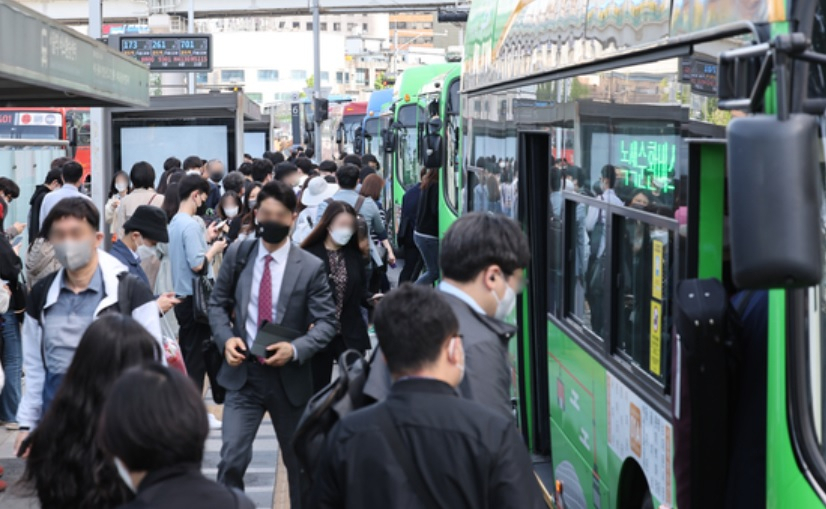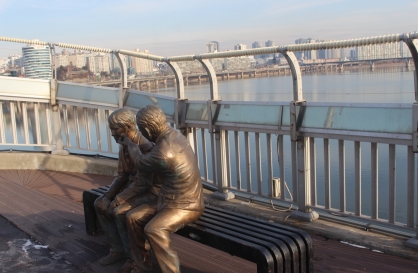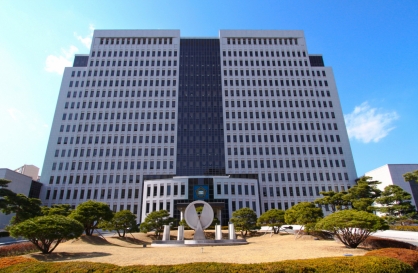
For those commuting to Seoul from cities in Gyeonggi Province, rush hour means standing on the aisle of a packed bus running on an expressway. It is unsafe and against the law, but widely considered just part of life.
Starting from Friday, 44 percent of intercity buses in Gyeonggi Province will no longer accept passengers when there are no seats left.
Gyeonggi Provincial Government confirmed the no standing policy on Tuesday, saying it is for the safety of passengers. The move comes amid a nationwide campaign to fix complacency in public safety after the Itaewon crowd crush, which killed 158 people on Oct. 29.
A total 1,100 commuter buses, operated by of 13 companies, will implement the no standing policy. That is 44 percent of the total 2,500 buses that run between Gyeonggi and Seoul.
To make up for the shortage of passenger capacity, the provincial government plans to operate 53 additional vehicles, but it will take some time for their operations to take place due to procedures regarding the purchase of buses and employment of bus drivers, officials said.
It is unclear whether the no standing policy is a permanent one or how long it will last.
Even though all passengers aboard vehicles on freeways must be seated under the current traffic law, many intercity buses in Gyeonggi Province and other regions have customarily allowed passengers to stand to accommodate the large numbers of commuters.





![[K-pop’s dilemma] Can K-pop break free from ‘fandom’ model?](http://res.heraldm.com/phpwas/restmb_idxmake.php?idx=644&simg=/content/image/2024/05/09/20240509050541_0.jpg&u=20240509173751)




![[News Analysis] Yoon's first 2 years marked by intense confrontations, lack of leadership](http://res.heraldm.com/phpwas/restmb_idxmake.php?idx=644&simg=/content/image/2024/05/09/20240509050612_0.jpg&u=20240509233252)








![[Today’s K-pop] NCT’s Mark to drop 1st solo album in February 2025](http://res.heraldm.com/phpwas/restmb_idxmake.php?idx=642&simg=/content/image/2024/05/10/20240510050597_0.jpg&u=)